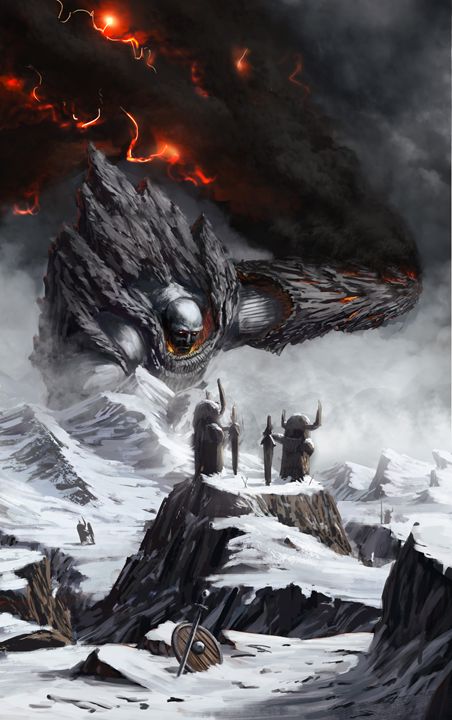

Due to this, steel may continue to support loads during a fire for up to four hours longer, providing crucial time for occupants to flee the structure and for firefighters to put out the fire. When exposed to high temperatures, coatings used in industrial oil and gas facilities expand to create an insulating layer of carbon char. Coatings that provide passive fire protection are becoming more significant in the oil and gas sector. This factor is expected to drive the growth of the Passive Fire Protection (PFP) MarketĬoating, cladding, or free-standing system that offers thermal protection against fire and doesn't require human, mechanical, or other forms of igniting, replenishing, or maintaining. There can be redundant levels of protection to protect building inhabitants and property during a fire if all passive (and active) fire protection systems are designed, installed, and maintained correctly over the course of the structure's life. Generally speaking, passive fire protection elements consist of a fire-resistant design that compartmentalizes the structure and confines the fire to a particular floor or region. The safety of building inhabitants and the protection of property during a fire event will be guaranteed by a balanced fire and life safety design strategy including passive and active systems. In the construction business, implementing a safety and health management system is far more difficult. TRENDS INFLUENCING THE GROWTH OF THE PASSIVE FIRE PROTECTION (PEP) MARKET

The need for passive fire prevention coatings in equipment protection and other offshore and onshore applications is driven by the oil and gas industry.Īdditionally, the Passive Fire Protection (PFP) Market is expected to be driven by a rise in demand from end-use industries like building & construction, and transportation. This Passive Fire Protection (PFP) Market is anticipated to be driven by rising oil & gas industry spending in exploration and production as well as technical advancements over the forecast period. Major factors driving the Growth of the Passive Fire Protection (PFP) Market The global Passive Fire Protection (PFP) Market size was 4.1 Billion USD in 2022 and it is expected to reach about 6.67 billion USD in 2029, with a CAGR (2022-2029) of 7.2%.


 0 kommentar(er)
0 kommentar(er)
